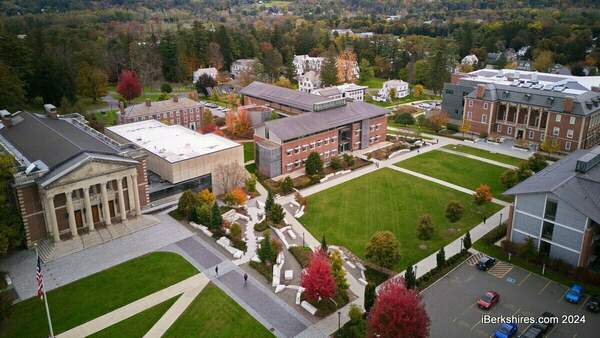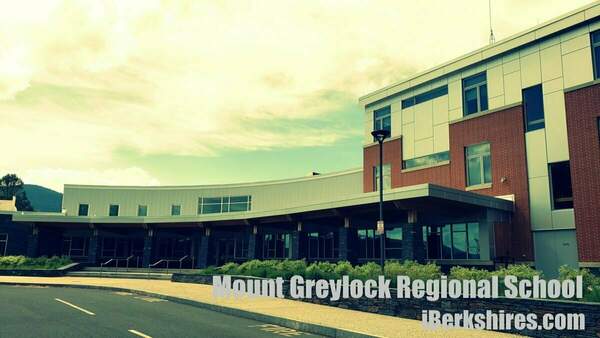WILLIAMSTOWN. Mass. – Williams College students pressuring the school to divest from companies that sell weapons to the Israeli Defense Forces say they will continue those calls in the wake of a June vote by the school’s trustees.
“We want to express that we are deeply disappointed in President [Maud] Mandel and the Board of Trustees over this decision, but we are not surprised by the college’s continued tendency towards inaction,” a member of the college’s chapter of Students for Justice in Palestine wrote in an email this week.
The student group was responding to a 1,200-word open letter from Mandel and the chair of Williams’ Board of Trustees that the college posted on Tuesday.
In it, the college president said the board voted to follow the recommendations of the college’s Advisory Committee on Shareholder Responsibility and not divest from the weapons manufacturers.
Two student groups, Students for Justice in Palestine and Jews for Justice, had asked the college to take the step in the wake of Israel’s months-long military campaign in Gaza following the October 2023 attack on Israel by the militant Hamas group.
The college president and board cited several reasons not to divest or to adopt a new strategy for the college’s investments based on “environmental, social and governance” or ESG principles, as the student groups recommended.
The school’s administration did agree it should be more transparent about its investment strategies and would work in that area starting this summer.
But divestment would run contrary to the purpose of those investments, according to the letter.
“The Board does not believe that the endowment should be used to advocate positions on world affairs,” Mandel and Board Chair Liz Robinson wrote. “And because our investment strategy consists solely of investing through third-party investment managers and funds, what might otherwise seem to be small, exclusionary changes in the composition of our investments would actually compromise our access to key investment managers, undermining the Board’s fiduciary obligation to manage the endowment in ways that fully fund the college.”
The letter called divestment, an action pushed on college campuses nationwide, a “symbolic gesture,” and repeatedly pointed to the benefit of strong returns on the college’s endowment.
“Subordinating overall investment strategy, in which performance and impact are assessed over many decades, to the volatility of geopolitical events and shifting ESG assessments would introduce significant new risk,” Mandel’s and Robinson’s letter reads. “The Board is unwilling to accept increased risk, given that we rely on the endowment to provide 55 percent of our annual operating budget, including funding for academic and co-curricular programs, faculty and staff salaries and benefits, facilities and financial aid offerings.
“By investing alumni donations into global markets in ways that magnify their power, we create educational opportunities beyond what many students and their families could afford otherwise, and beyond what almost any other school can offer.”
The letter from the college said that the Board of Trustees made its decision after consulting the school’s Advisory Committee on Shareholder Responsibility and Investment Committee as well as members of Jews for Justice and Students for Justice in Palestine, who organized an encampment in the heart of campus in May.
On Wednesday, the student groups said they will continue to have conversations with the administration and promised a full statement on the group’s social media account.
| If you would like to contribute information on this article, contact us at info@iberkshires.com. |















